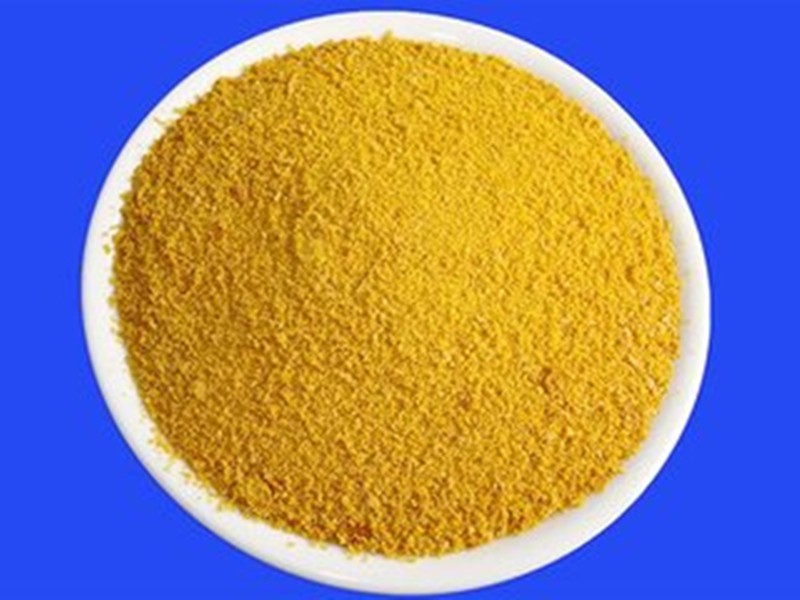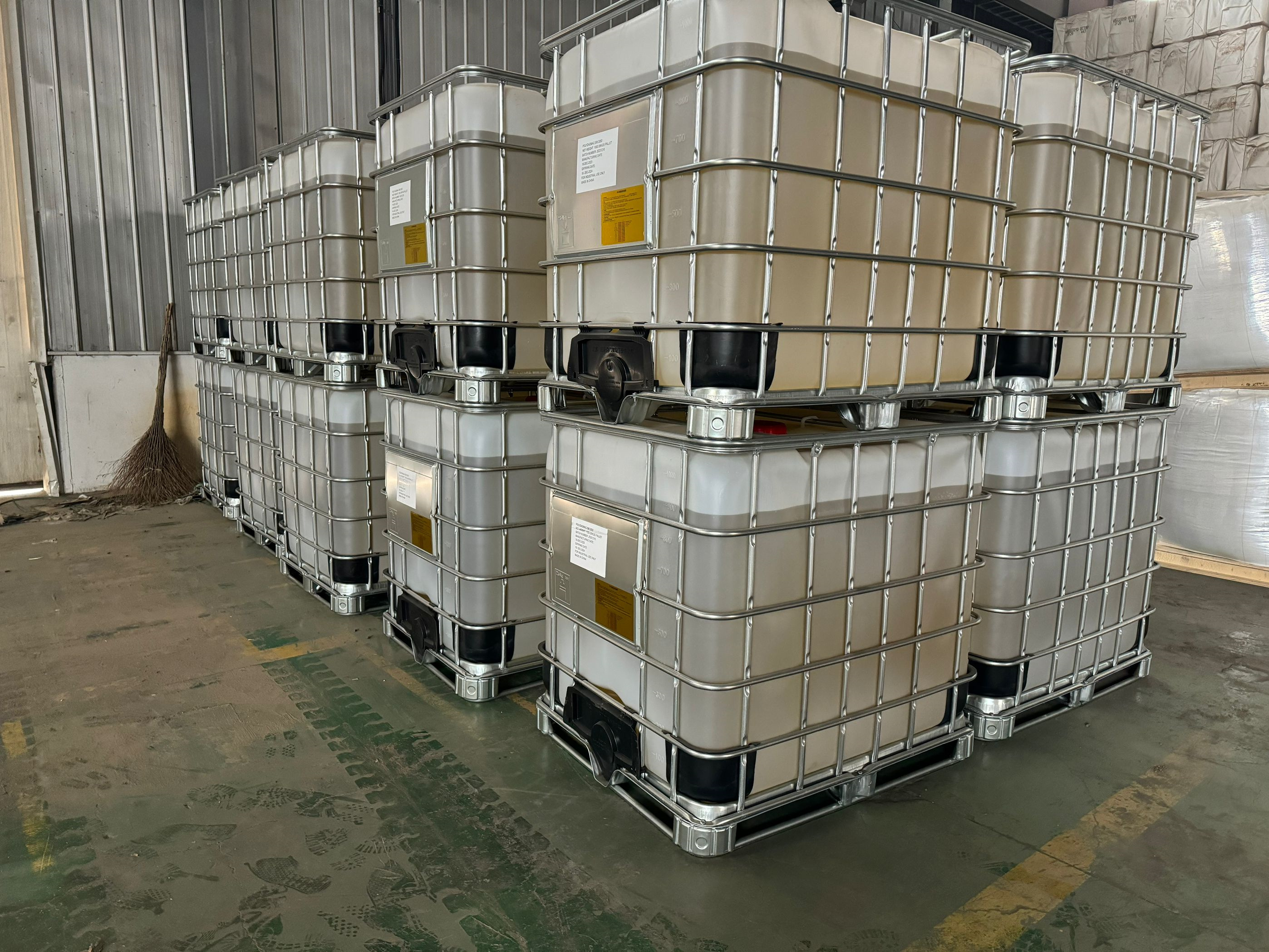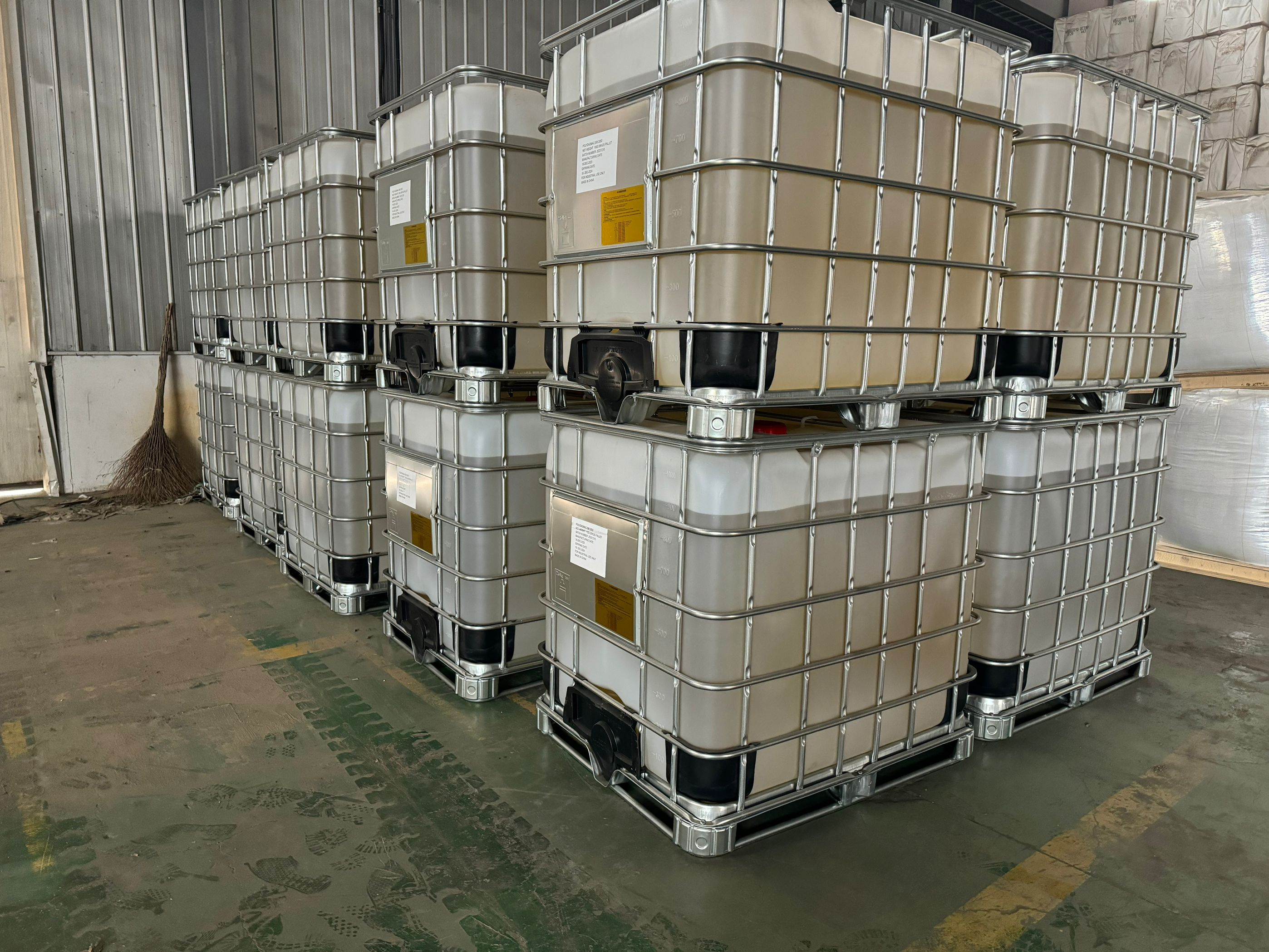Characteristics: This product is suitable for all kinds of high and high turbidity source water treatment, especially for the purification of high turbidity water has a particularly obvious effect, its alum flower formation fast, large, easy settlement, suitable for a wide range of source water PH, small corrosion, low labor intensity of workers. Polyaluminum chloride dilution using method: in order to achieve the best flocculant effect and economic benefits, users can determine the best dosage per thousand tons of water through experiments according to different source water turbidity, different seasons and different reaction conditions. 1. Dissolve the solid product into liquid by adding 1:3 water, and then dilute it with 10-30 times water to the required concentration before use. 2, dosage can be determined according to the different turbidity of raw water, the best dosage, generally raw water turbidity in 100-500mg/L, each thousand tons of dosage is 10-20kg.
Method of use of polyaluminium chloride
Method of use of polyaluminium chloride
Characteristics: This product is suitable for all kinds of high and high turbidity source water treatment, especially for the purification of high turbidity water has a particularly obvious effect, its alum flower formation fast, large, easy settlement, suitable for a wide range of source water PH, small corrosion, low labor intensity of workers. Polyaluminum chloride dilution using method: in order to achieve the best flocculant effect and economic benefits, users can determine the best dosage per thousand tons of water through experiments according to different source water turbidity, different seasons and different reaction conditions. 1. Dissolve the solid product into liquid by adding 1:3 water, and then dilute it with 10-30 times water to the required concentration before use. 2, dosage can be determined according to the different turbidity of raw water, the best dosage, generally raw water turbidity in 100-500mg/L, each thousand tons of dosage is 10-20kg.
The second method of use: 1, dosage depends on the treated water and different, general feed water purification dosage is about: liquid products 5-100 grams/ton, solid 20-25 kg/ton (by commodity), can be determined by beaker test. 2, the preparation can be directly added to the water, the amount of water can be determined by the amount of water and water treatment, water should be mixed evenly. Features: 1. Polyaluminum chloride is mainly used for the purification of drinking water and industrial water supply, as well as the treatment of industrial wastewater. It is the most widely used flocculant in domestic water supply and industrial water supply treatment. 2, polyaluminum chloride has flocculation?? Good, the generated alum flower, less dosage, high efficiency, rapid settlement, wide range of use and other advantages. 3, polyaluminum chloride can be used at low temperature, the appropriate PH value is 5-9, after adding without alkali, flocculation effect is good, less mud production. 4. The effective dosage of polyaluminum chloride product is 20-50mgL. Liquid products can be directly measured and added, while solid products need to be first mixed with 10%-15% solution in the dissolution tank, and then measured and added according to the required concentration. 5, polyaluminum chloride products can also be used to remove iron, manganese, chromium, lead and other heavy metals contained in water, as well as fluoride and oil in water, so it can be used to treat all kinds of industrial wastewater. 6. Polyaluminum chloride products have strong adaptability to treated water, especially to high turbidity water; When the water temperature is low, it can still maintain stable coagulation effect. 7, the use of polyaluminum chloride after purification of water chroma and iron, manganese and other heavy metals content is low, the corrosion of equipment is small. 8, when using polyaluminum chloride, there will be uneven mixing problem, you can use dilution after adding. 9. Polyaluminum chloride can be combined with weak cationic polyacrylamide and combined with aluminum sulfate or ferric chloride for sludge modulation
The third: polymeric aluminum chloride using polymeric aluminum chloride using polymeric aluminum chloride using 1, use should be based on water quality test, select the best point of good water purification effect, small amount of investment. Solution should be accompanied by use, non-drinking water should be selected according to the actual situation. 2, when using solids, first add water to dissolve and accompany the solution into 10-25%, and then dilute the water to the required concentration. When dissolving, first add water to slowly feed, and continue to stir. 3, different manufacturers or different brands of water treatment agents can not be mixed, and shall not be mixed with other chemicals. 4. The original liquid and diluent are slightly corrosive, but lower than other inorganic flocculants. 5. Solid products can still be used after the tide. 6, the product after reasonable adding, purification of water in line with the health standards of drinking water.
1, dosage depends on the treated water and different, general feed water purification dosage is about: liquid products 5-100 grams/ton, solid 20-25 kg/ton (by commodity), can be determined by beaker test. 2, the preparation can be directly added to the water, the amount of water can be determined by the amount of water and water treatment, water should be mixed evenly. Application areas of polyaluminum chloride: 1, water purification treatment: domestic water, industrial water; 2. Urban sewage treatment; 3, industrial waste water, sewage, sludge treatment and sewage in some slag recovery; 4, for some difficult treatment of industrial sewage, PAC as the matrix, mixed with its [1] other agents, mixed into a composite PAC, sewage treatment can get surprise effect.
Fifth: • a, according to the different conditions of raw water, before use can do a small test, to obtain the best quantity. • Two, production use: solid: water = about 1/5, first mix and dissolve, then add water to dilute to 2~3% solution. • Three 'liquid can be directly tested sample and then diluted 5-15 times directly added. • Polyaluminum ferric chloride has a wide range of application: it is used in drinking water, industrial water, domestic water, domestic sewage and industrial sewage treatment. Polyaluminum ferric chloride has obvious effect on drinking water and various industrial water purification treatment.
Polymerization aluminum chloride water purification principle and way?
When two colloidal particles are close to each other, their repulsive force decreases as the thickness of the diffusion layer decreases and the ξ potential decreases. In other words, the repulsive force between colloidal particles with high ion concentration is smaller than that of colloidal particles with low ion concentration. According to this mechanism, when the external electrolyte in the solution exceeds the critical concentration of condensation, there will be no more excess counter-ions entering the diffusion layer, and it is impossible for colloidal particles to change their sign to re-stabilize them.
The polyaluminum chloride flocculation stage is the process of growth and coarsening of alum flowers, which requires appropriate turbulence level and sufficient residence time (10-15min). In the later stage, many alum flowers can be observed to accumulate and slowly sink, forming a clear surface layer. The beaker is stirred at 150 RPM for about 6 minutes, and then stirred at 60 RPM for about 4 minutes until suspended.
Sedimentation stage of polyaluminium chloride: It is sedimentation pool of flocculating settling process, request flow slowly, ordinary efficiency for progress the inclined tube (plate) sedimentation pool (had better use air flotation separation floc), fill many of bulky alum flowers inclined tube wall (board) block and accumulate at the bottom, the upper water as clear water, the rest of the small particle size and density of small as alum flowers slowly down, large side continue to collide with each other, the The residual turbidity remained unchanged at the late stage. The beaker should be maintained at 20-30 RPM for 5 minutes and then settled for 10 minutes to measure residual turbidity.
The principle of four-point polyaluminium chloride water purification is summarized, including the mechanism of compression double electric layer, adsorption electric neutralization, adsorption bridging and sediment trapping.
After the flood, how to adjust the amount of polyaluminum chloride to ensure the safety of water quality?
Since the beginning of summer this year, China's south, northwest, northeast and other regions have seen heavy rainfall, especially in early July, many areas have seen serious floods. Recently, the Ministry of Housing and Urban-Rural Development issued an urgent notice to strengthen inspections of sewage treatment facilities. According to the notice, it is necessary to clear out the sewage treatment plant inlet grille in a timely manner to avoid blocking pipes, valves and pumps due to heavy rain erosion entrap debris; Strengthen the monitoring of water level and water quality of the sewage treatment plant and the treatment structures; Strengthen production safety monitoring of key facilities in high temperature weather, ensure effective lightning protection measures of sludge digester, and strictly prevent explosion accidents.
Under the storm, what risks may urban sewage treatment facilities encounter? How to plan for a rainy day? How to ensure its safe operation? In view of this, we interviewed the drainage field in China has practical experience of expert engineers. Sewage treatment plant should be strictly in accordance with the requirements of the Ministry of Housing and Urban-Rural Development to do, the notice is clear out the grille and other requirements are sewage treatment plant in the rainstorm weather must do enough "homework".
Heavy rain affects sewage treatment facilities, mainly rain sewage overflow will affect the water quality of sewage treatment plant, because the treatment scale of sewage treatment plant is capped, too much rainwater, sewage is likely to be unable to be timely treatment, discharge standards. Japan's approach in this regard is that, when there is a storm, excessive sewage into the water, to be quickly discharged, simply disinfect the sewage, the overflow of water discharged. At present, sewage treatment plants in China basically treat the excess sewage.
Urban sewage treatment has been paid more and more attention since the industrial revolution 200 years ago. Urban sewage treatment rate has become an important symbol of a region civilization or not. In the past 200 years, urban sewage treatment has developed from the original natural treatment, simple primary treatment to the use of various advanced technologies, in-depth treatment of sewage, and reuse. The treatment process has also developed from the traditional activated sludge method, oxidation ditch process to the use of water treatment agents polyaluminum chloride, polyaluminum ferric chloride, basic aluminum chloride, polyacrylamide, activated carbon and other water treatment agents to meet different effluent requirements.
PAC produced by our factory has been highly appraised and fully affirmed by the majority of users in the treatment of urban sewage water. The general usage of polyaluminum chloride for domestic sewage treatment is introduced as follows: 15-50 kg solid polyaluminum chloride products are generally required for each thousand tons of domestic sewage to be treated.
In conclusion, under heavy rain, urban sewage will be greatly changed. The first increase in incoming water will affect the downstream sewage treatment plant. If the sewage plant is not pumped in time or the inflow of water exceeding the treatment capacity is not timely, the upstream pipe network will be held up, and sewage overflow may occur at individual low-lying points. Polyaluminium chloride manufacturer






